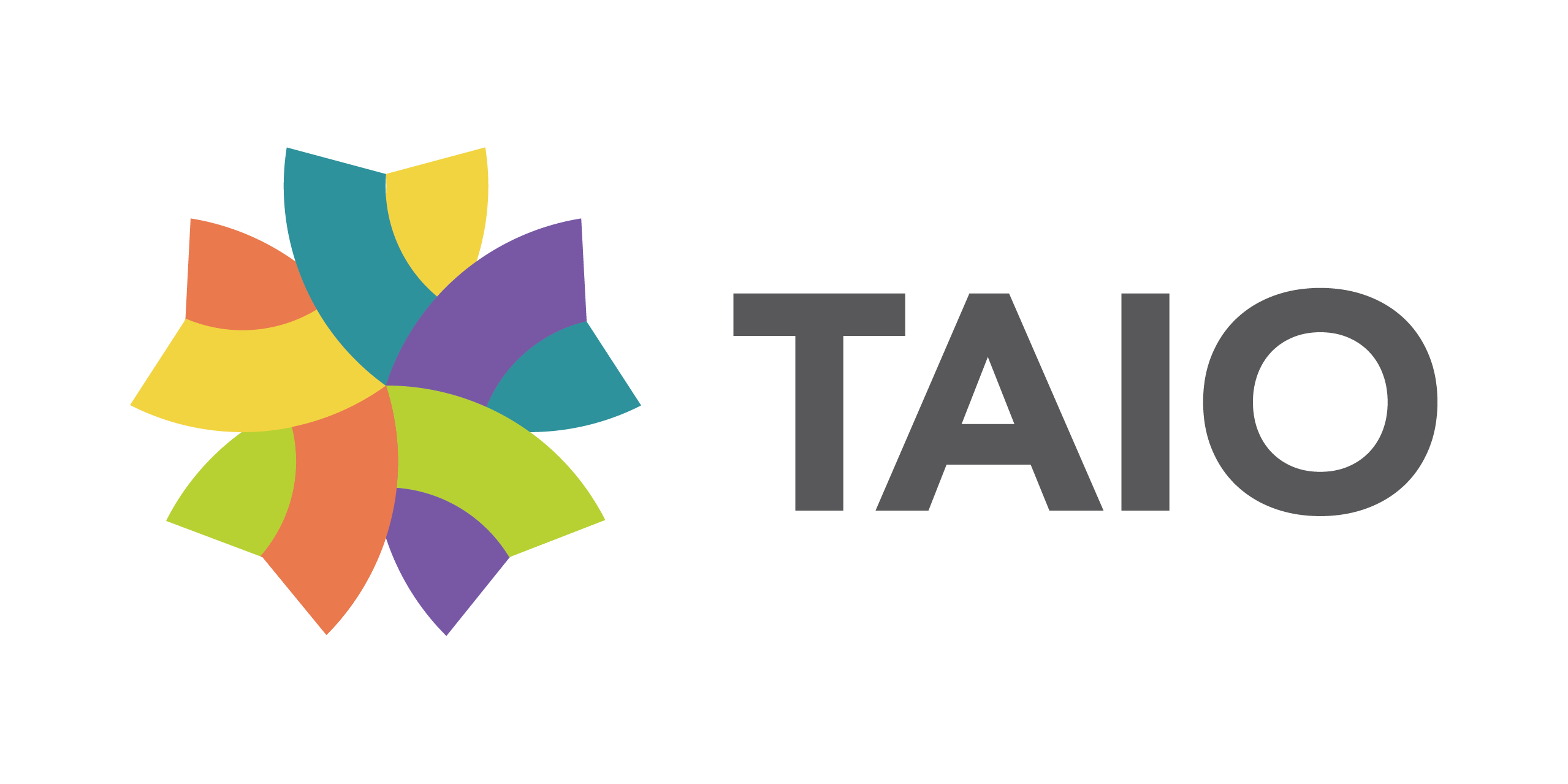As home healthcare agencies strive to deliver exceptional, personalized care, outsourcing their services can be a tempting solution. It can free up internal resources, give you access to a pool of experts, and streamline operations. But many companies hesitate to take the plunge. This stems from a real concern: how can you get the highest quality care, especially when delivered by a separate team?
On this page
Key Takeaways

Set Clear Benchmarks: Define your expectations aligned with industry standards for areas like accuracy, communication, and speed of service.

Choose Wisely: Select an outsourcing partner with a proven track record of quality care.

Start Small: Begin with a limited scope of services and scale up gradually after successful implementation.
The Price of Poor Quality in Home Healthcare
Poor quality pose real dangers for your agency. Compromised patient care could have a devastating snowball effect. Mistakes regarding care plans means they’re not getting the care they need, which could lead to negative health outcomes. Just a single incident could damage your reputation and erode trust with your patients.
To cite another example, one of our clients had issues with their medical coding. This resulted in inaccurate billing, which led to delays in reimbursements, and costing them thousands of dollars in lost revenue. Issues like these impact your bottom line and credibility, leading to a decline in your patient base and market share.
Things to Consider When Outsourcing Home Healthcare Providers
Outsourcing home healthcare services can offer numerous advantages to tackle these issues. But it’s important to acknowledge that it introduces additional complexities.
Here’s a quick breakdown of some of the things you should consider:
- Lack of Control: You’re entrusting patient care to a separate team. This raises concerns about whether they fully understand and deliver the specific care each patient needs.
- Communication Breakdowns: Misunderstandings with the outsourced team can lead to missed instructions, delayed responses, and compromised care. Cultural differences can also create communication barriers and hinder direct oversight.
- Compliance Risks: Adhering to regulations and patient privacy can be challenging. If an outsourced partner doesn’t comply with these standards, it affects your level of care.
However, there are workarounds. You can avoid these dangers and reap the benefits of a successful outsourcing partnership. Done right, it can address staffing shortages and reduce costs by using your time and resources more efficiently.
How to Ensure Quality of Work When Outsourcing
#1 Define Quality Benchmarks and Expectations for Patient Satisfaction
To get quality work, look for a reliable outsourcing partner and set clear benchmarks.
Establish standards for accuracy, speed, and communication to give your patients exceptional care. This means having a Quality Assurance team overseeing every business facet. QA specialists assess your employees’ performances to identify any gaps you might have in your operations.
These are four key areas to consider when setting benchmarks:
- Output: Is the work completed correctly and according to your specifications? You might set a benchmark for 98% accuracy in medical coding. This way, you minimize the risk of late reimbursements.
- Accuracy: Identify your tolerance for minimal errors. One benchmark could be a maximum of coding errors per month, with a clear protocol for reporting and preventing future errors.
- Speed: How efficient is your outsourcing partner? You could establish how quickly they address urgent calls from patients or families.
- Communication: Is communication clear, timely, and professional? Set a response time for communication within the team. Ensure both your internal staff and outsourced home healthcare providers can reach each other promptly for any patient-related inquiries
Develop a detailed service agreement outlining the responsibilities of your onshore and offshore teams. This should address specific roles, communication protocols, and escalation procedures for any concerns. Creating a comprehensive framework lays the groundwork for a successful outsourced home healthcare experience.
Your agency may have unique needs. Consider tailoring benchmarks to your patient population and service offerings. If you specialize in caring for patients with dementia, a critical benchmark might be the time it takes medical professionals to respond to a call for assistance, ensuring their safety and well-being.
Have a Solid Service Level Agreement
Develop a detailed service agreement outlining the responsibilities of your onshore and offshore teams. This should address specific roles, communication protocols, and escalation procedures for any concerns. Creating a comprehensive framework lays the groundwork for a successful outsourced home healthcare experience.
#2 Identify the Right Home Health Outsourcing Partner
Partnering with the right agency can make or break the level of care your organization delivers. But what should you look for in an ideal partner?
- A Strong Track Record: Don’t settle for just any provider. Seek out a company with a capable leadership or management team and a proven track record in home healthcare. Consider their experience as well as their level of expertise within the industry. And you won’t find this just by browsing their website.
- Industry Expertise: Experience matters. Choose a partner who is well-versed in the intricacies of home healthcare. Inquire about their experience regarding the services you offer. This ensures they understand the specific regulations, compliance requirements, and best practices in your field.
- Alignment with Your Needs and Values: Quality care also means finding a partner who shares your philosophy on patient care and service delivery.
Beyond these core aspects, consider these additional factors. Do they utilize technology that integrates with your existing systems? Can they adapt and scale with your needs? Do they have clear communication protocols and dedicated points of contact?
Carefully evaluate potential partners based on these criteria. You should find a home health outsourcing partner who complements your strengths and becomes an extension of your commitment to providing top-notch care.
#3 Do a Sample Run for Quality Assurance
Before entrusting important tasks to an outsourced partner, conducting a sample run is a wise investment. This allows you to assess their capabilities firsthand. Make sure they align with your quality benchmarks.
Sample Interactions
Ask for recordings of simulated phone calls between the outsourced team and patients. This allows you to evaluate the team’s communication skills, empathy, and ability to address concerns. Pay attention to active listening techniques, clear explanations, and a professional yet caring demeanor. Doing this lets you better gauge their work and compare it to your standards of quality.
Request Reports and Documentation
Request samples of reports such as patient assessments, care plans, or progress notes. Assess the clarity, accuracy, and organization of their documentation. Reports should adhere to your formatting and information requirements to minimize confusion during the transition. And it shows your potential partner is transparent and forthcoming.
More: Documentation Discrepancies: The Hidden Culrpit Behind Payment Delays
Get to Know the Team
You can schedule video calls with the specific staff members who would be assigned to your patients. This allows you to assess their:
- Clinical Knowledge: Ask scenario-based questions relevant to the services you require. For instance, if you need people for administrative tasks or patient intake, inquire about their experience managing these roles.
- Cultural Competency: Present scenarios that involve cultural sensitivities. Observe their approach to providing care that is respectful and recognizes diverse needs and backgrounds.
- Communication Style: Pay attention to active listening skills, clear explanations, and overall professionalism. Evaluate their ability to articulate complex medical information in an understandable way for patients and families.
Consider a Pilot Program
For a more in-depth assessment, negotiate a limited-scope pilot program. This allows you to assign a small number of patients to the outsourced agency for a trial period. Closely monitor the quality of care delivery, communication, and adherence to your protocols.
Solicit feedback from both the patients who participated in the pilot and the internal staff who interacted with the outsourced team. This provides valuable insights into the patient experience and any potential hiccups in communication or workflow.
By incorporating these steps into your sample run, you gain a comprehensive understanding of the partner’s capabilities. A successful sample run builds trust and confidence, paving the way for a long-lasting and high-quality partnership.
#4 Start Small and Scale Up
It’s wise to start by outsourcing a limited scope of services. Start with a non-critical role such as scheduling or administrative tasks. Once you’re confident in the quality of service, gradually add more complex jobs or additional roles.
When challenges arose later in the year regarding their medical coding, they decided to gradually scale up their outsourced services.
By adopting a scale-up approach, our client achieved several benefits. Internal staff could focus on core competencies like patient care coordination and quality oversight. Well executed medical billing and coding streamlined reimbursements and improved their cash flow. And with a reduced administrative burden, they expanded their services and took on more patients. Over time, this contributed to a 500% increase of their patient census.
How TAIO Helped a Client Overcome High Turnover by Outsourcing Intake Specialist
One of our clients struggled with high turnover due to a competitive job market. They decided to test the waters starting by hiring an intake. This allowed them to assess the quality of our services. They scrutinized communication, accuracy, and overall adherence to their protocols. After a successful trial period, they felt confident about the quality we provided.
#5 Trust Through Gradual Expansion
Our client’s success story exemplifies the advantages of starting small when outsourcing home healthcare services. By starting with a sample run, then gradually scaling up based on positive experiences, they slowly built trust with their partner and safeguard the quality of care for their patients.
This case study reflects the value of starting small before expanding. It emphasizes that successful home healthcare outsourcing can lead to improved efficiency, better patient satisfaction, and the ability to serve more patients.
Frequently Asked Questions
Concerns about quality are valid. Before outsourcing, define clear benchmarks for quality that align with industry standards and your specific needs. This could include accuracy rates for tasks, turnaround times for services, and clear communication protocols.
Your best bet is selecting a reputable partner with a proven track record of quality care in home healthcare. Look for certifications, client testimonials, and case studies showcasing their commitment to quality.
Starting small is key. Don’t try to outsource everything at once. Identify specific jobs or roles creating bottlenecks or administrative burdens within your agency. Consider non-critical tasks like intake scheduling or appointment reminders as good starting points.
Develop a Request for Proposal (RFP). An RFP outlines your specific needs and expectations for the outsourced services. This helps potential partners understand your requirements and submit tailored proposals.
Outsourcing can be a cost-effective strategy, but it depends on several factors. While there are potential savings in terms of salaries and benefits for outsourced staff, there are also associated costs with the partnership itself.
It can free up your internal staff to focus on core competencies, potentially improving overall efficiency. By streamlining processes and reducing administrative burdens, you can take on more patients and generate additional revenue.
However, make sure the savings outweigh the cost of the outsourced services. It’s important to conduct a cost-benefit analysis. Factor in all potential costs and savings to determine if this aligns with your financial goals.




